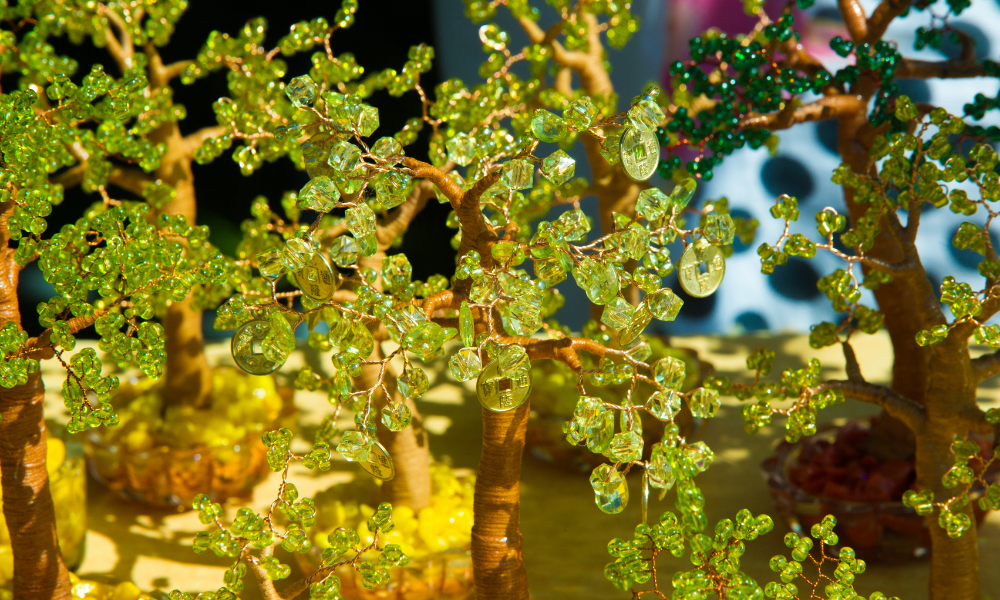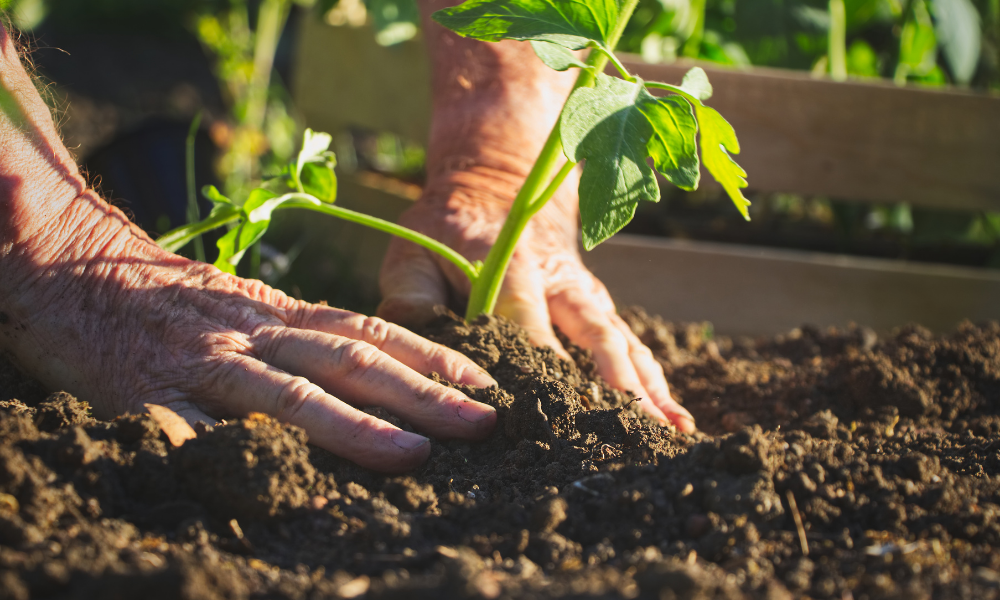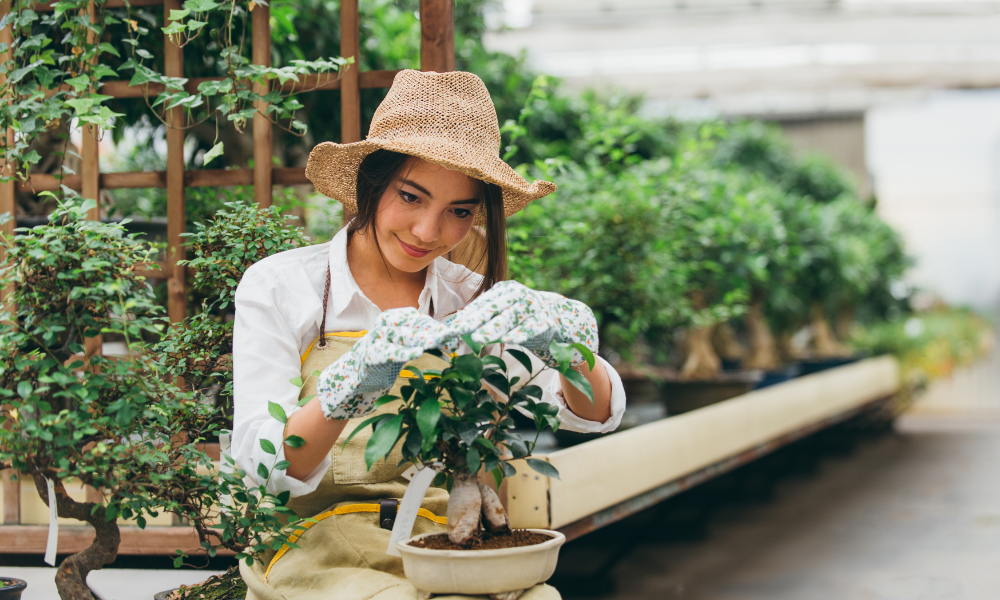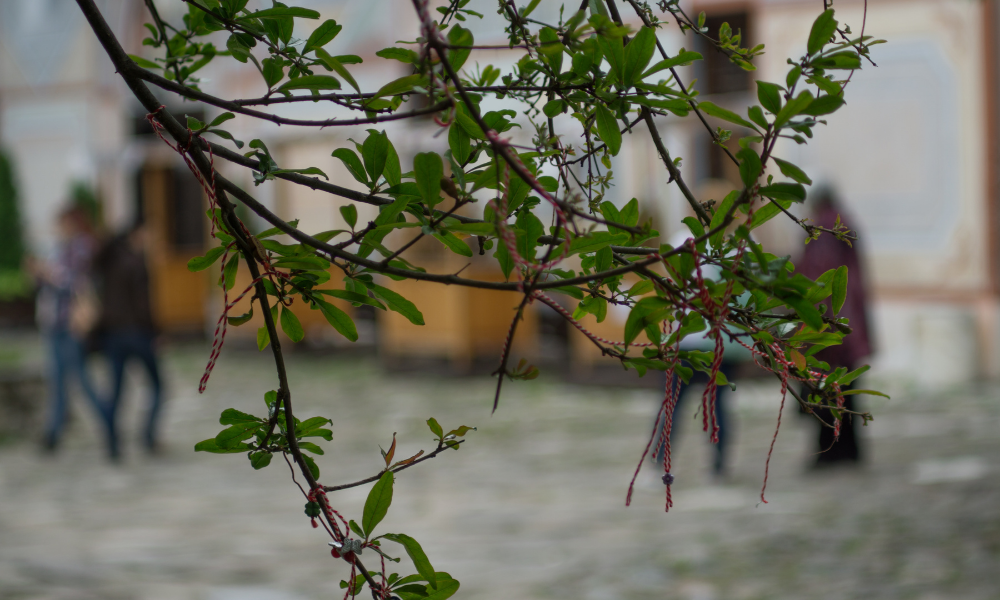Table of contents
General Meaning of the Happiness Tree

The meaning of the Tree of Happiness is linked to an ancient story existing in Japan, which talks about the magic of a plant that brought achievements to the people who passed by it. Therefore, the Tree of Happiness is seen as a bush that brings joy and positive energies to environments and to those who are close to it.
The legend that gave origin to the meaning of the Tree of Happiness, also says that the way to take the best advantage of the blessings brought by it, is being gifted with the tree, and not buying it. But despite this part of the legend, it is worth buying this plant, because at least it will bring beauty and a little nature to the environment.
In this article, we will talk about various information regarding the Happiness Tree such as its meaning, symbolism and characteristics. In addition, we will show you how to care for the plant, its use in landscaping and what to do if the plant loses its vigour.
Meaning, symbolism and characteristics of the Tree of Happiness

The Tree of Happiness has several specific characteristics, as well as symbolism and meanings. Nevertheless, it is a plant that requires simple care and can reach great heights, besides bringing beauty and proximity to a bit of nature to those who grow it.
In this section of the article get to know some information related to the meaning, symbolism and characteristics of the Tree of Happiness as, its importance in Feng Shui and the two most interesting features of this plant that is to have two genders, male and female.
Tree of Happiness and its meaning
The meaning of the Tree of Happiness comes from a Japanese legend that says this plant is responsible for attracting prosperity and not let the joy leave people's lives or homes. The legend also says that it is indicated to plant in the same pot a male and a female plant, and thus multiply the harmonic feelings brought by it.
In addition, another indication of the legend is that it is advisable to make more seedlings of the plant and distribute them to people of your appreciation, such as family and friends. For the Japanese, the Happiness Tree is responsible for bringing good luck and achievements to those who stay close to it.
According to the belief of some people, planting a male and a female seedling together in the same pot, enhances the good fluids brought by the plant, besides generating a greater balance of Yin and Yang energies.
The Symbolism of the Tree of Happiness
The symbolism attached to the Tree of Happiness speaks about spiritual benefits, in addition to providing positive energies for various aspects of people's lives. Therefore, this plant has the symbolism of transmitting good luck and good energy for the achievement of positive things.
In addition, having this shrub at home brings greater happiness to the home and well-being to the family that decides to adopt this plant. The Tree of Happiness is also reputed to help reduce stress and fatigue of everyday life.
The importance of the Tree of Happiness for Feng Shui
Those who study Feng Shui say that having a plant in the home environment is quite positive, as the Chinese believe that the connection between man and nature is very beneficial to people's lives.
Thus, the Tree of Happiness is very important for Feng Shui, since its meaning and symbolism are very linked to well-being and good energy. In addition, Feng Shui also believes in the healing power of plants, being very important to bring a tree to the environment.
So, due to the size and ease of care of the Tree of Happiness, it is very suitable to have inside the house. Thus, there will be the benefit of the harmony of energies in different areas of life. Here it is also advisable that the male and female plants are planted in the same pot balancing the energies of the environment.
The characteristics of the plant
The Happiness Tree is a plant that originates from the Orient, so it is best adapted to half shade and has a slow growth, but it can reach up to 5 meters in height, depending on where it is planted. But to reach its full growth it can take about 20 years.
Its leaves are very similar to the four-leaf clover with dark green color and divisions, as if they were petals. In their origin countries, such as China and Japan, these plants usually bloom, however, in Brazil, due to the climatic differences this doesn't occur.
Another striking feature of the Happiness Tree is the aroma it releases at the end of the day in the environment where it is planted. Another benefit brought by this very interesting plant, leaving the environment perfumed.
Male Happiness Tree
The Tree of Happiness has different genders, having the male version and the female version. Each of them has its own characteristics and different in some factors, but the union of the two makes their energies complement each other and bring greater harmony to environments.
In the male plant the characteristics are quite defined and remarkable, which helps in the identification of the genus of the shrub. Its leaves are quite similar to the parsley leaves, however they are more rounded. Another difference between the two plants is the coloration of the leaves, which in the male tree are dark green.
Another interesting point to mention about the male Happiness Tree, is that it is connected to Yang energy, which complements the Yang energy harmonizing the environment in which they are placed.
Female Happiness Tree
Just like the male Happiness Tree, the female one also has its own characteristics and is linked to the Yin energy. That is why it is important to have both versions planted together and thus complement and harmonize the energies of the environment.
In the female plant, the leaves are in a softer shade of green, and its foliage is thinner and has a more delicate cut. And the energy brought by this version of the tree is considered feminine energy, and when planted with the male version it completes the harmonization of the environment and people's lives.
How to care for the Happiness Tree

Every plant needs care and each needs specific care, so it is also the case with the Happiness Tree. To have a beautiful plant, with green and abundant foliage, it is necessary to take some care.
In this section of the text we will talk about some of the care that is needed to have a showy Happiness Tree. Understand how to care for the stem, the best size pot to plant it in, how to fertilize the plant, what level of light and temperature is ideal for its cultivation and many other precautions.
Care of the stem
The stem of the Happiness Tree is very thin and delicate, which can take up to 20 years to become more resistant and reach its full size. Therefore it is recommended that when planting this shrub its stems are delicately tied to a structure that can be made of bamboo or a wooden stem.
Another necessary care is when transporting the plant. If you need to move it, avoid holding or leaning on its branches. If the Happiness Tree is planted outdoors, it must be protected from the wind so that its stem does not break.
The size of the vase
The Happiness Tree can be planted in small pots, but over time it will be necessary to transplant it into a larger pot. For the plant to grow naturally, it should ideally be placed in a pot with a diameter of 40 centimeters or larger.
The pot in which the Happiness Tree is glued can be made of plastic or clay, since the material will not influence the quality of life of the plant. If this shrub is planted in the ground in a winter garden, for example, the male plant can reach up to 5 meters in height and the female plant 2.5 meters.
Fertilization
To maintain a healthy plant, the Happiness Tree must be fertilized periodically, at least once a year, after the colder seasons. Another important point to check is when planting, it must be done in a soil rich in organic material.
As this is a plant with delicate stem it is important that it is planted in good quality substrate, preferably enriched with organic material. You can also use NPK 10-10-10 fertilizer every three months to keep it strong and healthy.
The substrate for planting, or transplanting, the Happiness Tree can be prepared with 1 and a half measures of worm compost, 1 and a half measures of soil, 3 measures of coconut fiber, 2 measures of clean construction sand and 2 measures of vermiculite.
Luminosity
To have a beautiful and healthy Happiness Tree it is also important to be careful about the amount of light reaching it. This plant prefers a place in the half shade as it does not like to receive direct sunlight on it.
In regions where the heat is intense, it is necessary to find a place for it to receive only the early morning sun. Therefore, this is a plant that adapts very well indoors, receiving only diffuse light.
Temperature
Although it originates from regions with lower temperatures, the Happiness Tree does not like intense cold and wind is also quite damaging for this shrub. Therefore, it is important to find a spot for it that is sheltered from the wind.
Another point that can harm the plant is to place it in air-conditioned spaces or in places that may come into contact with frost or salinity. The Happiness Tree is a plant that prefers mild climates, without extremes.
Watering
Another important care with the Happiness Tree is related to watering, because this is a plant that does not like to be in soil with excess water. It should be watered two to three times a week, using an average of 200 ml of water for each watering.
Excess water in the pot can cause the leaves of the shrub to turn yellow and even fall off. A tip for balanced watering is to leave a toothpick buried in the pot with part of it sticking out of the soil. As long as there is moisture on the toothpick, it is not necessary to water the plant.
Pruning
Pruning is a very important part of growing the Happiness Tree, especially if it is planted indoors. The most important pruning period is during winter, when the leaves turn yellow and blotchy.
To prune the shrub, use a pair of scissors and remove the excess leaves, this is important, because the weight of the leaves can cause the branches of the plant to break. Every 30 to 60 days, it is also important to remove the dry leaves and branches, keeping it clean.
Pests
Just like other plants, the Happiness Tree also runs the risk of being attacked by pests, especially if it doesn't receive adequate light. Therefore, it is important to maintain the balance between shade and sun that falls on the plant.
One way to avoid problems with possible pest attacks is the application of neem oil, which is an antifungal, antiviral and antiseptic. It should be applied to the leaves of the shrub once a month, it is an excellent way to protect the plant from mealybugs, for example.
Best place to keep your Happiness Tree
To have a healthy and beautiful Happiness Tree it is important to choose a good and well-thought-out place for it so that it does not need to be frequently changed, because this plant feels very much when it is changed. Even when it is purchased, it can lose its leaves due to the change of environment. The lost leaves will be replaced by new ones, as long as it is in a suitable place.
Another important point for the place where the plant will be placed, is that it has a good space, without furniture or other objects that can hinder its lateral growth. It is important to remember that it is a large-sized plant.
Landscape use, how to make seedlings and tips

Besides being a plant that brings good energy and harmonizes environments, the Tree of Happiness is also a shrub that brings beauty to the home. Thus, it is widely used in landscaping and decoration projects.
Learn below some of the ways this plant can be applied in landscaping and decoration of environments. See also how to make seedlings of the Tree of Happiness and the average value of the plant.
Landscape use of the Happiness Tree
Because it is a shrub that can be grown both in gardens and in pots, the Happiness Tree is widely used in landscaping projects. Thus, it can be planted initially in a smaller pot and over time, be transplanted into a larger pot, made of plastic or clay.
Another positive point that makes this plant used in decoration, is its easy adaptation to indoor environments. This way, even if you don't have a very large space you can have a Happiness Tree near a window and thus put a little green in the room.
How to make Happiness Tree seedlings
The moment of pruning is perfect for making new saplings of the Tree of Happiness, because the cut branches can be reused to become new trees. The branches of this shrub sprout easily, thus giving rise to new plants. Below is a step by step guide to making saplings of the Tree of Happiness:
- Cut a branch of the tree about 20 cm long;
- Choose a pot that is about 40cm in diameter and 50cm high;
- Place the branch in the pot with substrate;
- Water the seedling two to three times a week, without leaving the soil too wet.
The best time to make the seedlings is during spring and summer.
Average price of the Happiness Tree
According to oriental legend, the most suitable way to have a Happiness Tree is to receive it as a gift from a friend or relative, and thus extend the benefits and good energies brought by this plant.
However, not everyone knows this millennial story and the probability of winning the plant is lower, especially in western countries. So, to have a Tree of Happiness it is possible to buy it in specialized gardening stores for a price that varies from R$ 20.00 to R$ 60.00. This variation in value is due to the stage of development of the plant.
What to do if the Tree of Happiness is getting ugly?

When the Happiness Tree looks ugly you need to pay attention to several points. One of them is the excess or lack of light. If this is the case a good solution is to take the plant to a place where it receives morning sunlight for about two weeks.
Another point to be checked is the fertilization of the plant, so that it is always beautiful and healthy it is necessary to put nutrients at least once a month. It is advisable to give preference to organic fertilizers such as humus or organic compost, choose only one of the two.
We hope this article is helpful in clearing your doubts about the cultivation and meanings about the Tree of Happiness.

